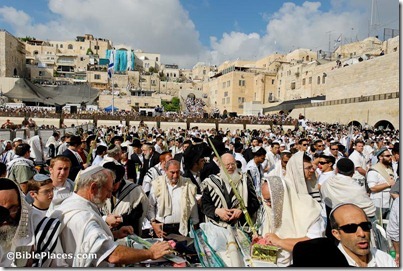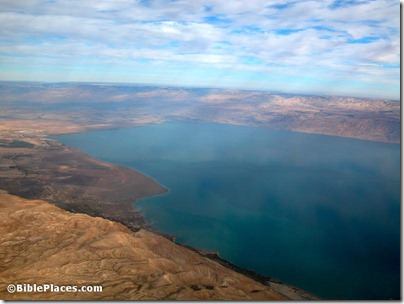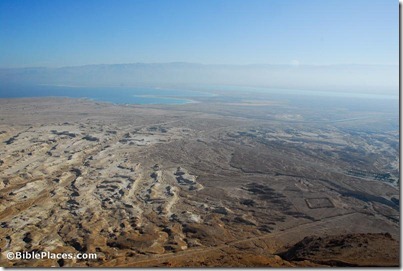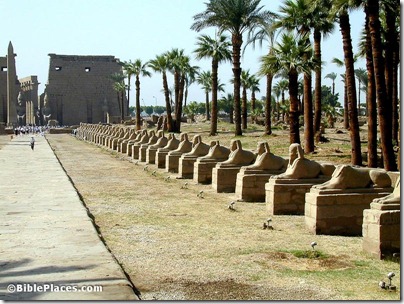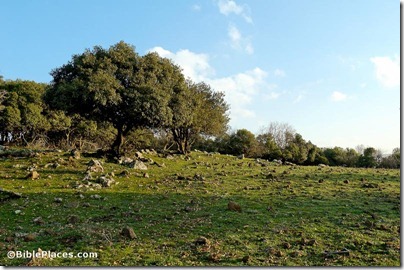The Red to Dead canal is moving along faster than I realized. THe last hearings are being held now before the World Bank issues a final report. The Inter Press Service provides a good summary of the plans and problems.
The World Bank has declared the Red Sea-Dead Sea canal project feasible. Designed to “save the Dead Sea”, “desalinate water and/or generate hydroelectricity at affordable prices in Jordan, Israel and the Palestinian Authority”, and “build a symbol of peace in the Middle East”, the scheme, green groups warn, is fraught with environmental hazards.
Currently at 426m below sea level, the Dead Sea, Earth’s lowest elevation on land, is drying and dying in the desert by roughly 1.1 metres a year. Its surface area has shrunk by a third during the last 50 years from 960 square kilometres to 620 square kilometres.
[…]
What could save the Dead Sea from death foretold is a 180-km development project called the ‘Red Sea-Dead Sea Water Conveyance’.
This is how it would work: marine water would be pumped from the Red Sea. A pipeline conveyance system with six pipes and a tunnel would then flow the water by gravity, exploiting the difference in elevation at and below sea level, to a high-level desalination plant and two hydroelectric plants.
The high-salinity brine reject would be discharged to the Dead Sea to halt and, eventually, reverse its decline.
After a decade-long argument, the World Bank released a series of studies last month which deem the proposed ‘Red-Dead Canal’ (as the ambitious scheme is dubbed) technically, environmentally and socio-economically feasible.
The main objectives would thus be fulfilled, the World Bank assesses. All that for a total capital cost of 9.97 billion dollars, the World Bank estimates; half of it amortised by selling desalinated water and hydroelectricity, the other half financed out of international aid to development – “a win-win situation,” hails Shalom.
